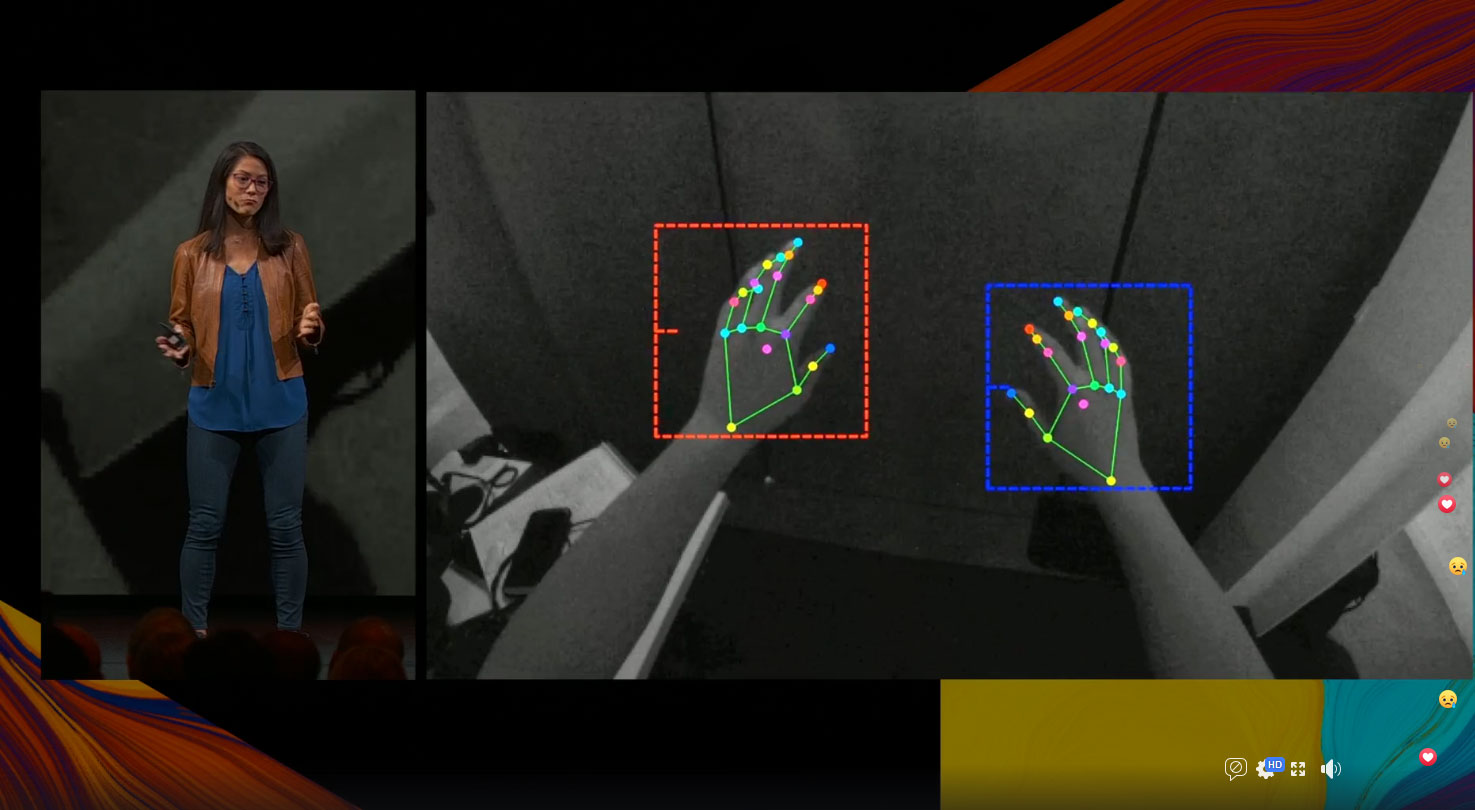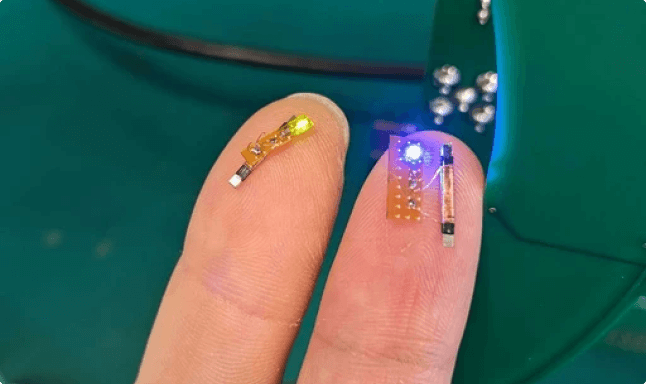Hands-on review on Oculus Quest 3DOF mode and Passthrough+!
Yesterday Oculus started rolling out the firmware update for the Oculus Quest with the big updates announced at Oculus Connect 6, that is 3 DOF mode and Passthrough+. Today I have been able to try these features and of course I will tell you my impressions on them!
3DOF Mode and Passthrough+ Video review
Today I have been so happy of seeing the icon of the firmware update showing up when I turned on the Quest, and I let the Quest update itself until it reached the latest runtime possible.

After that, my Quest finally featured all the latest features and I have finally been able to do some tests with the 3DOF Mode and Passthrough+. Of course, I have recorded everything in a cool youtube video just for you! Watch it here:
If instead you prefer a textual description, keep reading and I will tell you the same things (and even more) in the remainder of this article.
3DOF Mode
3DOF Mode lets you use your Oculus Quest as a 3DOF headset, like an Oculus Go. This mode is very similar to the “Passenger mode” of the Vive Focus Plus, and lets you disable positional tracking if you don’t need it, something that can be useful to spare your battery when you just want to watch 360 videos.
You can enable and disable 3 DOF Mode by just going to the Settings of the device and enabling/disabling the positional tracking using a simple switch. Incredibly handy.

What is more interesting is that this mode can be triggered automatically when the light is not enough to perform positional tracking. I have tried turning off the light this evening to disable the tracking, and Oculus showed me a popup telling me that positional tracking was not possible anymore and that I could continue using the Quest just with 3 DOF. I told ok, and after that, I could use my Quest freely as a powerful Go.
You may find interesting to know that since the controllers have IMU onboard, the system can still track their rotation, and so you have two 3 DOF controllers that you can use in your apps. Basically, you have a Go with two controllers. I though that the system could track the position of the controllers thanks to IR light, but this was not the case.
After this test, I turned on the lights again. I hoped that the Quest could recover the 6 DOF tracking alone, but actually it kept working on 3 DOF Mode. I had to enable 6 DOF again manually via the settings panel. I think Oculus should improve this mechanism with an auto-recovery feature.
I liked the 3DOF mode: I think that it may be very useful for people that want to use VR at night to watch some videos or connect with friends via social VR experiences.
As a side note: Oculus tracking really needs little light to work. When I turned off the lights to disable the tracking, it kept working by just using the lights of my three displays. I had to turn off the monitors and close the laptop to finally see the tracking being lost. Kudos to Oculus for having designed such a stable algorithm!
Passthrough+
We all know that the passthrough vision offered by the Quest (the sight of the real world that you have when you go outside the boundaries) is a cool feature, but it is highly distorted. Everything that you see is in black and white, its resolution is not crisp and the visuals have a wrong scale (the world appears smaller than it is).
At OC6, Facebook has announced Passthrough+ for Quest, that is a highly optimized passthrough, with very little latency and no distortions. Being very passionate about passthrough mixed reality, I couldn’t resist trying it… but honestly, I haven’t come out much impressed.
I mean, the scale now is finally good and you can see the world as it is… your eyes won’t hurt anymore while watching the world through the eyes of the Quest. The latency is also very good, and you can move your head and see the passthrough actually having almost no delay. Considering the rough data from which the Oculus engineers are reconstructing the images, this is cool.
But first of all the resolution still appears sub-optimal, and the saturation very wrong (I guess this is because the cameras also work in the IR spectrum). And then, I found a lot of weird distortions: I could see parts of the images having big disortions that made my visuals fluctuate as if I were underwater. And on the top, I could also see a very big portion of the images being black.
Weird enough, with the previous update to the firmware, the one just before the latest, the scale was already quite good and the visuals had not this bad distortions… I don’t know why with the latest update things are gone so wrong, at least with my device. But I’m sure that Oculus is fixing it very soon with a new update.
In any case, don’t expect Passthrough+ giving you a super-vision that can be suitable for AR. There are still issues with distortions, resolution and colors. After having tried it, I played with our MR game HitMotion:Reloaded on the Vive Focus Plus and I found that passthrough vision better, even if the latency of the Quest visuals feels much much better.

I hope that Oculus can continue improving its passthrough… and in the end that it also gives us developers access to it! Even if it is not perfect, I would love to experiment with it.
Have you tried the latest firmware of the Oculus Quest? What are your impressions on these features? Are you noticing the distortions as well? Let me know here in the comments or on my social media channels!
Happy VR 😉
Disclaimer: this blog contains advertisement and affiliate links to sustain itself. If you click on an affiliate link, I'll be very happy because I'll earn a small commission on your purchase. You can find my boring full disclosure here.



